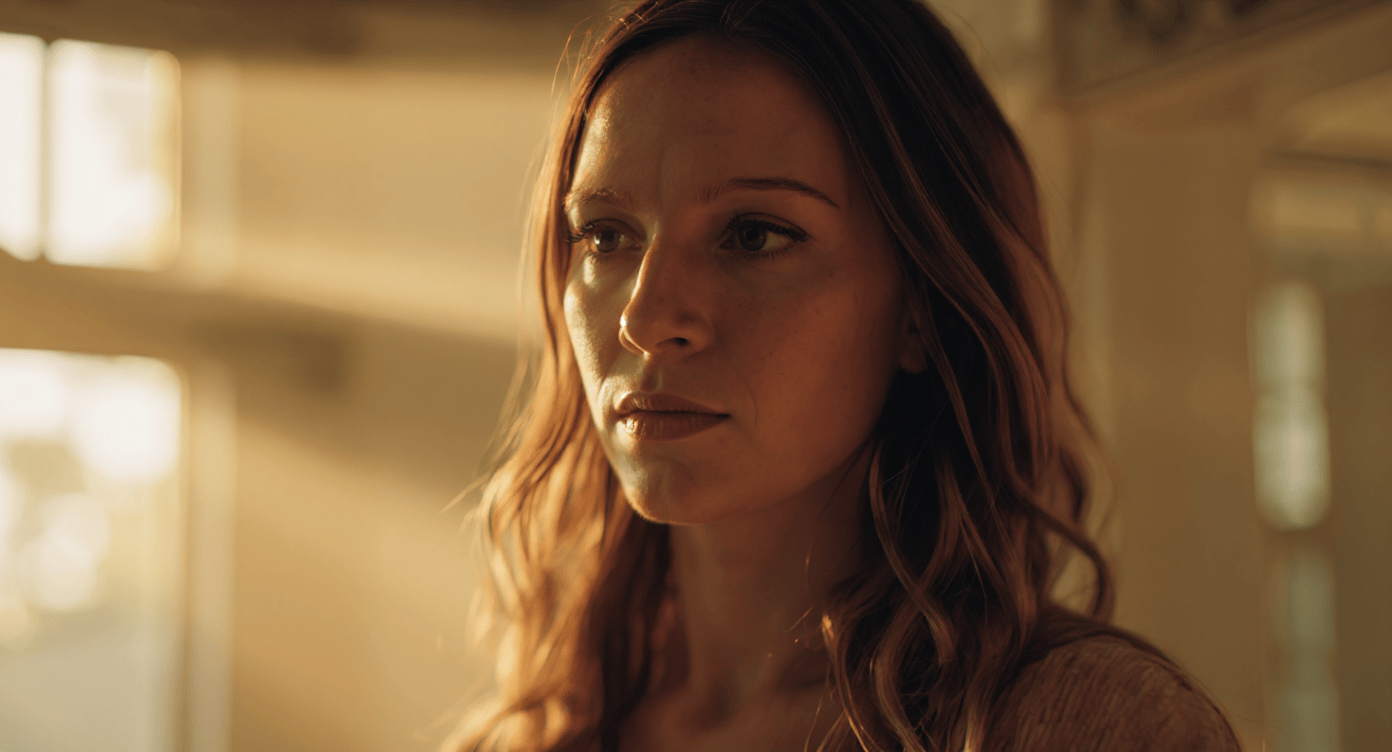The cinematic landscape is undergoing a profound transformation as artificial intelligence (AI) technologies increasingly intertwine with traditional live-action filmmaking. This hybrid approach is not merely a novelty; it represents a fundamental shift in how stories are conceived, produced, and experienced. By leveraging the strengths of both AI and human creativity, filmmakers are pioneering new frontiers that promise to redefine the art and craft of cinema.
At its core, live-action filmmaking has always been a deeply human endeavour — reliant on the talents of actors, directors, cinematographers, and countless others who bring stories to life through physical performance and tangible environments. However, AI technologies, from advanced machine learning algorithms to generative neural networks, are now augmenting this process in unprecedented ways. These tools can analyse vast amounts of data to assist with scriptwriting, generate realistic visual effects, and even enhance post-production workflows with remarkable speed and precision.
One of the most exciting applications of AI in filmmaking lies in pre-production. Script development, traditionally a labour-intensive process, can now be supported by AI-powered systems that suggest plot structures, character arcs, and dialogue options based on analysis of successful narratives. This does not replace the screenwriter’s vision but acts as a collaborative tool, sparking creativity and helping to refine story elements more efficiently.
Moreover, AI-driven storyboarding and previs tools enable directors and cinematographers to visualise scenes before a single frame is shot. These systems can generate detailed animatics and camera movements, allowing filmmakers to experiment with composition and pacing digitally. This integration reduces costly reshoots and accelerates the creative decision-making process.
During production, AI continues to play a pivotal role. Real-time facial capture and AI-enhanced motion tracking allow for seamless blending of live-action performances with computer-generated imagery (CGI). This synergy creates immersive worlds where human actors interact naturally with AI-generated characters and environments. The rise of virtual production stages, utilising LED volumes and real-time rendering engines, exemplifies how AI and live-action filmmaking are converging to produce visually stunning and efficient workflows.
Post-production is another area where AI’s impact is profoundly felt. Automated editing tools can sift through hours of footage to identify the best takes, suggest cuts, and even colour grade scenes with remarkable consistency. Sound design benefits from AI algorithms that can isolate dialogue, remove background noise, and generate realistic ambient soundscapes. These advancements empower editors and sound designers to focus more on artistic choices rather than technical minutiae.
However, this hybrid future is not without challenges. Ethical considerations around AI-generated content, including questions of authorship, originality, and bias, require careful navigation. The industry must ensure that AI serves as an enabler rather than a replacement for human creativity, preserving the emotional depth and cultural significance of cinematic storytelling.
Furthermore, accessibility remains a key concern. While large studios may have the resources to implement cutting-edge AI technologies, independent filmmakers and smaller production houses risk being left behind. Democratising access to these tools will be essential to maintaining diversity and innovation within the cinematic ecosystem.
Looking ahead, the convergence of AI and live-action filmmaking heralds a new era where technology and artistry coalesce. As these tools become more sophisticated and integrated, they will open up novel storytelling possibilities — from personalised narratives to interactive cinema experiences that respond dynamically to audience input.
Ultimately, the hybrid future of cinematic AI and live-action filmmaking promises to enrich the medium, offering creators unprecedented capabilities while honouring the timeless human spirit at the heart of every story. Embracing this evolution thoughtfully will ensure that cinema continues to captivate and inspire audiences for generations to come.
